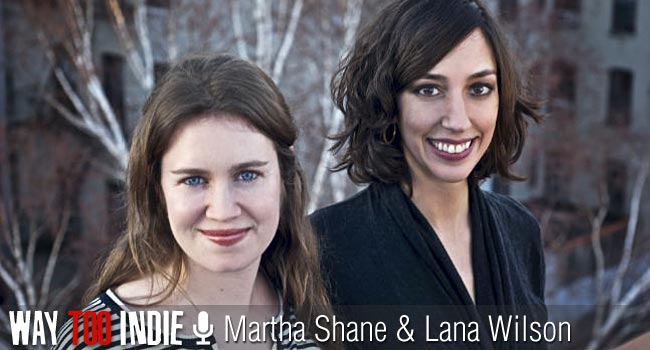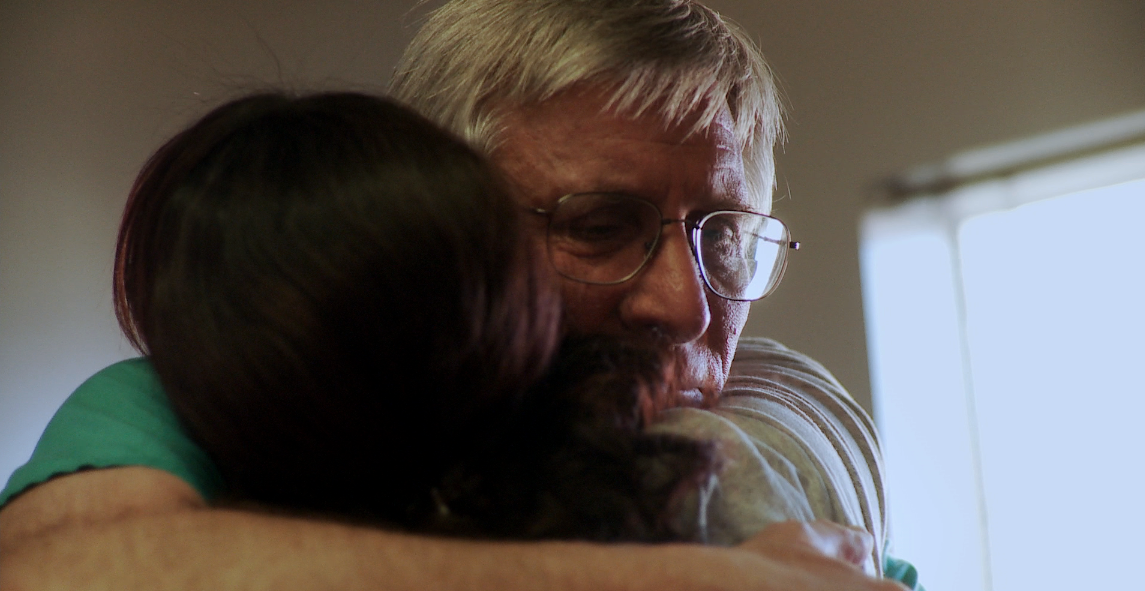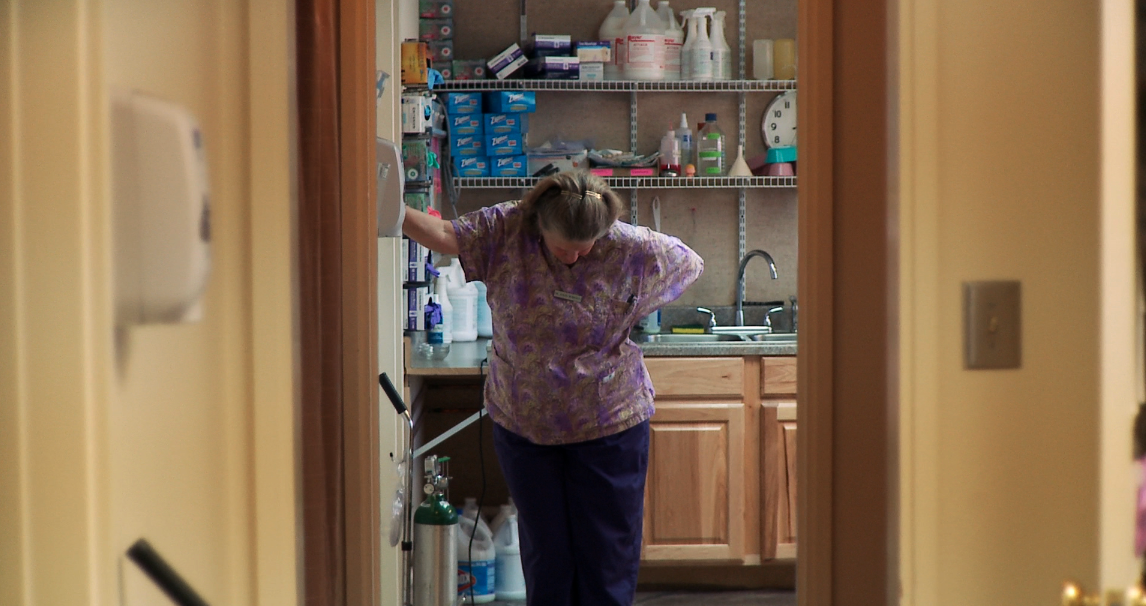Interview: Martha Shane and Lana Wilson of After Tiller

In After Tiller, directors Lana Wilson and Martha Shane take an in-depth look into the lives of some of the only doctors in the country willing and able to provide third trimester abortions to women. Dr. George Tiller, who many of the doctors worked under, was assassinated in 2009 by an anti-abortion protester, leaving the remaining handful of qualified doctors to continue his work under the same scrutiny, harassment, and fear. The ethicality of their occupation is up for debate, but their courageousness is undeniable.
The directors chatted with us about how the project started, why news outlets shied away from this story, the emotional filming process, how the film is affecting people, and more.
After Tiller is in theaters now. Visit aftertillermovie.com for more info.
What drove you to tackle such a controversial, polarizing topic for your documentary?
Lana: The idea came in 2009 after Dr. Tiller’s assassination. I became obsessed with the news coverage of his death, which was covered wall-to-wall on cable news networks. I remember being struck by the fact that he was killed in a church. It was surprising that the number one target of the anti-abortion movement was actually himself a hugely religious Christian. Then, I remember learning from the news that he’d been shot once before in the ’90s. He was driving to work in a car and a protester shot him in both arms, trying to kill him. He went right back to work the next day, and I was shocked by that. I was shocked–what kind of person would get shot and go right back to work the next day? What was motivating him? The way the news was covering it, they would just say “Mr. Tiller is a controversial doctor.” They were treating him as a political symbol, and they would treat the abortion issue in general the same way they always do, getting a talking point from each side of the issue and making it seem like this intractable war where nothing was ever going to change. I had so many questions that the news wasn’t covering: Why would a doctor do this work? Why would a woman seek an abortion so late in pregnancy? Now that Dr. Tiller’s been assassinated, I wondered if anyone else was left to take his place or if they’d all been scared away. I thought it would be incredible to have a film that kind of gets away from the politics and the screaming match and instead just goes inside the lives of these doctors. What is it like to be them for a day? Why are they doing this? How do they wrestle with the moral and ethical challenges?
This is an important story to tell. Why didn’t the media latch onto it?
Martha: What I think sells cable news is this more polarized back and forth, with people yelling at each other and this sense that this is so controversial and there’s no common ground. The form of documentary, we felt, would give us a chance to spend more time than you would ever have for a news segment with these doctors. We were able to take the time to really get to know them, and I think they felt confident participating in this film in part because they knew that we were going to take that time and that this wasn’t going to be some sort of “he said she said” back and forth. This was going to be an in-depth portrait of their lives and what we were seeking to do was to just be flies on the wall and observe what goes on in the clinics, what goes on in their lives, and really delve into what motivates them to do this work.

What was it like being a fly on the wall during some of the most emotional scenes in the film, like when the patients are discussing their decision to abort with the doctors? How emotional was it?
Lana: It was certainly very emotional hearing these stories that are so wrenching is very powerful. We took our cues from the doctors. If you see the film, you’ll see that the doctors aren’t afraid to show feeling. They don’t try to keep any artificial emotional distance from the patients, so we didn’t either. When we were in the room filming, we were just trying to be as unobtrusive as possible. We were a tiny three-person crew, and we would shrink back against the wall to not make these people feel any discomfort with us being there. I think they really forgot about our presence, actually. Because the conversations they were having were so intense and emotional, I don’t think that we really interfered with that. The patients never expected to end up there in the first place, and I think there’s something cathartic about sharing your story with people because you know that no one understands why a woman would seek a third trimester abortion and this could be really powerful to hear these stories.
With the gravity of this project, did you feel extra anxious to get it out to the public?
Martha: We felt like we owed it to the doctors and the patients who were brave enough to share their stories to get it seen by as wide an audience as possible. One of the best moments for us was when we premiered at Sundance. We had all the doctors there and they all came up on stage after the film and got a standing ovation. It was just so moving because they’re so used to, in their daily lives, facing threats and harassments and so much negative attention from the protesters that to see them getting this really warm response from the audience was amazing. We were really lucky find a distributor, Oscilloscope, who was committed to showing the film in the big cities where documentaries tend to play, but also to get it into some of these smaller cities in the Midwest. On our website, there’s a whole list of where we’re screening, including places where abortion is more controversial. It’s important to us that the film is seen by people on both sides. They tend to say, “This is complicated and I didn’t understand the reasons why woman seek these abortions and why a doctor would want to keep doing this.” I think it illuminates a lot for people on both sides of the issue.
You’ve seen first-hand some of the threats these doctors receive from protesters. Are they in danger?
Lana: They’re certainly in danger in the fact that they receive death threats. We hope that the film helps to humanize them. The doctors will be the first to acknowledge that people can disagree about this issue. They understand that. But, should the level of vitriol for these doctors really be so high that people are assassinating them? That’s the situation we’re in. We made this film to try to shed more light on this instead of more heat. We just feel like this is more complex than anyone thinks it is, but we need to be respectful and civil and recognize that the doctors and patients are human beings. Let’s try to have more compassion for them instead of judging. You can disagree with them, but why do it in such a vitriolic way that it just promotes hatred?

You’ve been traveling with the film for a while now. Have you had any conversations with people who have seen the movie and now engage in the abortion discussion in a less intense fashion?
Martha: Yeah, definitely. We showed the film in a lot of Southern cities and all over the country, and we have a lot of people come up to us afterwards who are pro-life who…(trails off). They’re not saying necessarily that they’re going to change the way they vote, or they’ve changed their political position on it. We didn’t want to be a very didactic film that was pushing some policy agenda. We wanted to make it more observational. What they ended up saying was that they had no idea that it was happening, or that it was so much more complicated than they thought it was. They’re really responding to the fact that the doctors are so candid in the film in talking about their own ethical decision making and how they decide whether or not to provide a woman with an abortion. They’re very candid in the fact that they struggle to make those decisions. I think people really respond to that. In the film, Dr. Sella says, “I think of them as babies.” I think that’s very much not the message for the pro-choice movement, but it’s sort of what everybody’s thinking. Because she says that, I think audiences are able to identify with her and trust her.
People on both sides seem to be responding to it in similar ways. What we hear from pro-choice people is that it pushes them to consider their own views as much as it would push someone who considers themselves pro-life. It’s interesting to talk to people on both sides of the aisle, who all realize they’re being pushed to think about this in a deeper, more nuanced way.
What have you taken from the experience of not just making the movie, but everything that’s happened since? How has it changed your lives?
Lana: A big thing we’ve taken away is being less judgmental of people in general. Even thought we came in feeling like we were pro-choice and not really knowing anything about third trimester abortions, we were definitely pushed when we saw some of these cases. The more you realize what desperate situations women are coming out of, especially lower-income women in this country who have kids, multiple jobs, and live nowhere near any kind of abortion clinic. Just to raise money to go get a pregnancy test can be incredibly challenging, let alone going across the country to pay for this incredibly expensive procedure. The more you learn about someone, the more you realize, “I have no idea what is going on for that person.” I had an aunt who was very conservative. When I told her about the movie I did it very carefully because I assumed she was against abortion rights, but she had actually had a miscarriage at six months into a planned pregnancy. She delivered a stillborn and went to an abortion provider to do that part of it, so she’d been through what the patients in our film had been through and had a lot of sympathy for them. You never have any idea where someone else is coming from.
